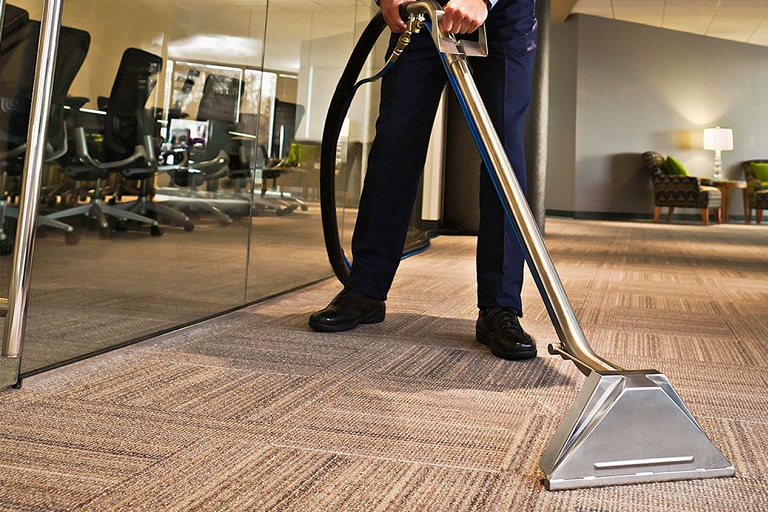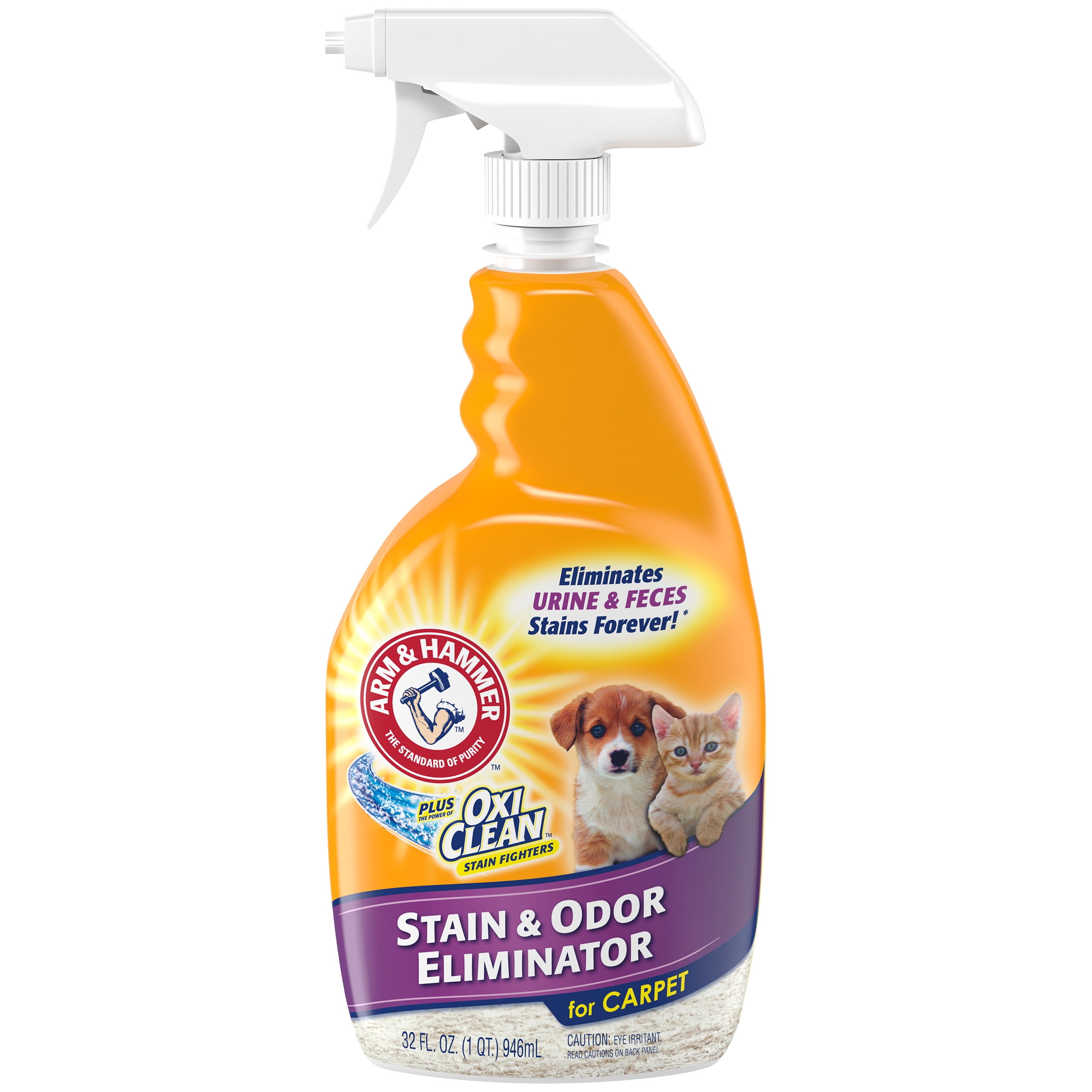
Contact Us
Clear View Builders
Email: [email protected]
Phone: +19164205862
4913 Rio Linda Blvd
Sacramento, California, United States 95838
What is Curtain Wall systems?: Types, Components and Advantages
- Some building codes require the mullion to be wrapped in heat-retarding insulation near the ceiling to prevent the mullions from melting and spreading the fire to the floor above.Typically made from aluminum frames and glass panels, these systems offer a sleek and modern aesthetic that enhances the visual appeal of buildings.Also, they offer fire protection, which is an important feature in taller buildings.A curtain wall is a non-structural system that is a vertical enclosure to the building façade and improves the appearance of the building.In comparison with traditional curtain walls, unitized curtain walls provide simpler construction, greater insulation, and reduced maintenance cost.One of the defining characteristics of curtain wall construction is its flexibility and adaptability.
years of light architecture expertise and Innovation
Contemporary construction practices are very much aligned with concerns about the environment. How well a building manages its use of energy is a matter of personal interest for the owner of the building. It’s also a subject of concern for everyone who believes, as Danpal does, that we must be better stewards of our planet’s resources. Insulating glazing units (IGUs) with low-emissivity (low-e) coatings can significantly reduce heat loss in colder climates or minimize heat gain in warmer regions. These walls serve as a barrier against wind, rain, and temperature fluctuations, contributing to a building’s durability and comfort. They also offer robust protection against wind, extreme weather conditions, fire, and water infiltration, while maximizing natural light and creating a spacious interior environment. This allows for precise matching and adjusting to fit the project’s specific measurements, which endows stick curtain walls with flexibility. They are usually made from lightweight but robust materials, which we will mention in the following sections. A curtain wall is an exterior covering of a building in which the outer walls are non-structural, instead serving to protect the interior of the building from the elements. In addition to its aesthetic benefits, timber curtain wall systems also offer excellent thermal performance. Timber has a natural insulating ability, helping to reduce energy consumption and improve indoor comfort levels. Terracotta curtain wall systems are a type of exterior cladding system that has become increasingly popular in modern building design. These systems use terracotta panels as the primary cladding material, providing a range of benefits such as durability, energy efficiency, and aesthetic appeal. 